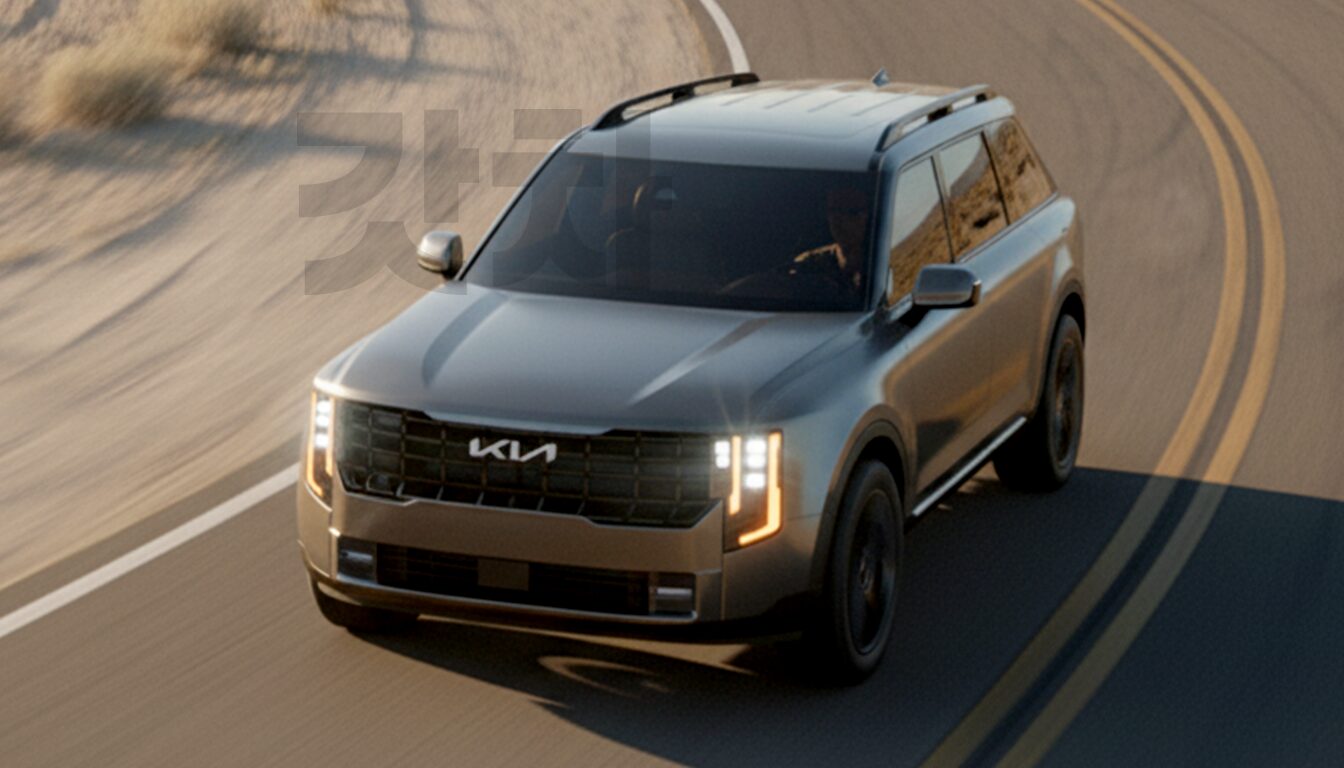Kia has confirmed that its all-new, second-generation Telluride — the brand’s flagship SUV for the American market — will be produced at scale in the United States, with a planned annual output of 120,000 units. The move strengthens Kia’s local manufacturing strategy and prepares the brand for growing demand in the large SUV and hybrid segments.
A Major Boost for U.S. Production Capacity
The next-generation Kia Telluride will enter mass production at the Kia Georgia plant, where the company plans to build up to 120,000 units per year. This production target underscores Kia’s confidence in the model’s continued success and its importance in the U.S. market — one of the brand’s largest and most competitive arenas.
By manufacturing the Telluride locally, Kia eliminates tariff burdens associated with imported vehicles and enhances its profitability and operational efficiency in North America. This strategy allows the automaker to respond faster to local demand while supporting its broader electrification and expansion goals.
Hybrid Variant Expands the Lineup
Alongside the production increase, Kia will introduce a new hybrid powertrain for the Telluride — a first for the model. The hybrid version, based on a 2.5-liter turbocharged gasoline engine, will debut in February 2026, following the gasoline model’s launch in December 2025.
With shared technology from the Hyundai Palisade Hybrid, the Telluride HEV is expected to produce around 334 horsepower and deliver improved fuel efficiency of approximately 14.1 km/l, offering both power and eco-friendliness for American families.
The hybrid system’s integration aligns with Kia’s push to electrify its lineup while maintaining production flexibility within its U.S. facilities.
Strategic Manufacturing for the American Market
The decision to maintain Telluride production in Georgia highlights the model’s strategic role in Kia’s North American operations. The 120,000-unit production target not only meets domestic demand but also strengthens Kia’s resilience against market fluctuations and potential trade tariffs.
This volume places the Telluride among Kia’s most significant production programs outside of Korea, emphasizing its position as a core U.S.-made product in the company’s global portfolio.
Design and Feature Enhancements Drive Marketability
Although the full design reveal will come at the 2025 Los Angeles Auto Show, teaser images suggest a bold evolution influenced by Kia’s “Opposites United” design philosophy. Expect a wide hood, vertical LED headlamps, and muscular fenders, signaling a stronger, more premium stance.
These design updates, combined with the addition of hybrid technology and high local output, are expected to boost market competitiveness and profitability for Kia in 2026 and beyond.
Looking Ahead: Telluride as a Cornerstone of Kia’s U.S. Strategy
The 120,000-unit annual production plan confirms that Kia views the new Telluride as a long-term pillar of its U.S. portfolio. With the hybrid model joining the lineup and manufacturing fully localized, the Telluride is positioned to continue its success story as a high-volume, high-margin SUV in the American market.
As the second-generation Telluride prepares for its November 2025 world premiere, all eyes will be on Kia’s Georgia plant — where production scalability and innovation will define the brand’s next era of U.S. growth.





